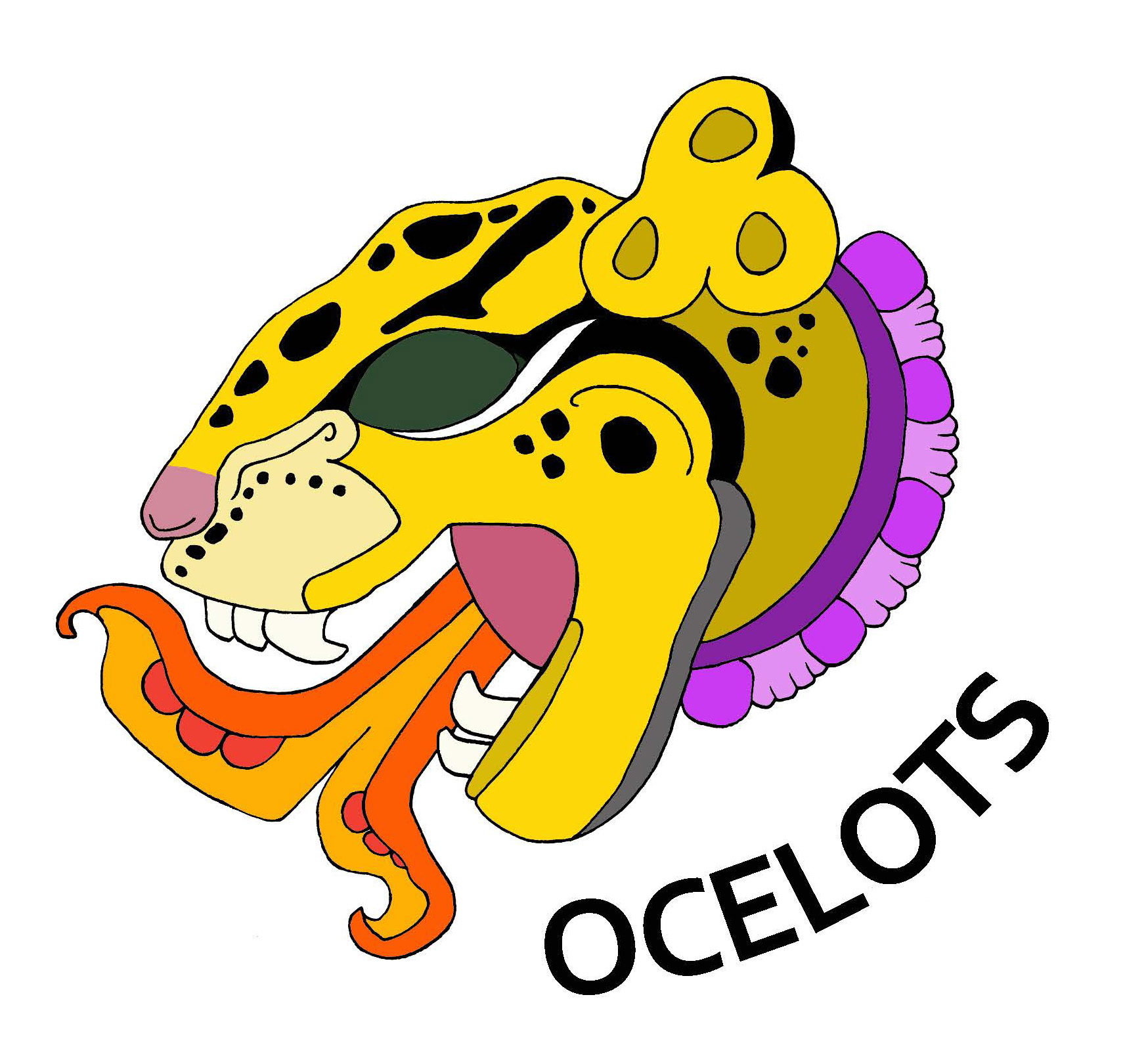Resources
Biting into "Science Cookies": Are seed fates determined by seed size or chemistry?
Author(s): Erin Kuprewicz1, Carlos Garcia-Robledo1
University of Connecticut
214 total view(s), 70 download(s)
Summary:
By understanding how animals make seed dispersal decisions, we can predict how plant traits affect seed survival and plant recruitment. Using wild agoutis, we experimentally tested how seed chemistry and size influence seed fates in a Costa Rican…
Contents:
- Gala
4 - Photo_GalaOverviewPage_Kuprewicz.JPG(JPG)
- License terms
Description
- We want to understand how mammals think (i.e., how they make judgements and complex decisions) and how individual behaviors scale up through tropical communities to impact ecosystems (e.g., natural reforestation via seed dispersal of habitat generalist granivores).
- Using artificial seeds ("Science Cookies") we investigated what seed traits affect seed dispersal decisions made by agoutis
- Scatter-hoarding animals can dramatically affect plant survival by depositing seeds in favorable microhabitats away from parent plants (seed dispersal) and by consuming seeds (seed predation). By understanding how scatter hoarders make seed dispersal decisions, we can infer how different plant chemical defenses or seed set strategies may influence seed survival and, ultimately, plant recruitment. We used a wild population of Central American agoutis, Dasyprocta punctata, to experimentally test how seed chemistry and size influence seed fates in a tropical premontane wet forest in Costa Rica. We hypothesized that seeds perceived by agoutis to be very valuable (large, non-toxic seeds) would be taken far from sources and preferentially cached over less valuable (small, toxic) seeds. Using artificial seeds created from baked polymer clay and peanuts, we manipulated seed chemistry (0%, 2%, 15% tannic acid) and size (4, 14, 24 g) in fully factorial paired-choice field experiments. We tracked the fates of individually numbered thread- marked seeds in space and time. There was no difference in the handling, regardless of size, of non-toxic and toxic seeds by agoutis. Large (24 g) seeds were moved farthest and preferentially hoarded by agoutis, whereas small (4 g) seeds were mostly eaten in situ. By experimentally manipulating seed chemistry and size with a high degree of replication using artificial seeds in the field, we have determined how these plant functional traits affect agouti seed dispersal decisions, with implications for plant propagation and the evolution of seed size.
Learning Objectives:
- Get to know an elusive rain forest mammal - the Central American agouti - and understand its ecological roles in rain forests
- Understand what differentiates manipulative field experiments versus observational studies
- Analyze simple data and describe your findings
- Identify different seed traits and describe how they can affect seed survival
- Explain how seed fate outcomes can shape tropical ecosystems
Support was provided by: Grant from the United States National Science Foundation (DBI- RCN-UBE 2120141, ORCC-2222328).
Cite this work
Researchers should cite this work as follows:
- Kuprewicz, E., Garcia-Robledo, C. (2024). Biting into "Science Cookies": Are seed fates determined by seed size or chemistry?. OCELOTS, QUBES Educational Resources. doi:10.25334/YM5S-3T40
